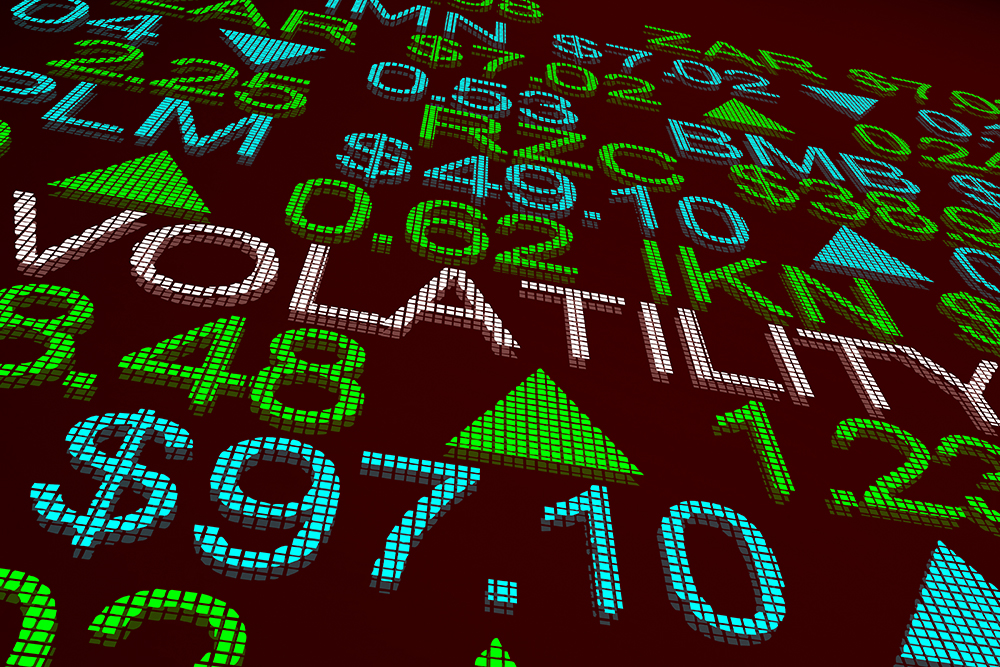
Interim Market Commentary 3/19/20
In my 52 years in the investment industry, I have never seen anything like the stock market activity of the last month. From its Feb 12 all-time high, the Dow Jones Industrial Average declined by more than 35% (about 10,500 points) to its Wednesday low, just below 19,000. That significant decline was the fastest in US history. Even the most severe decline, the 89% market collapse from 1929 to 1932, took almost two months to erase its first 35%.
When I last wrote three weeks ago, I wanted to assure clients that their portfolios had not suffered appreciably despite the violent start to this bear market. As I indicated then, except for portfolios for which we have been instructed not to realize significant capital gains, we had been keeping portfolios at their mandated minimum equity allocation levels. And for portfolios for which we have complete asset allocation responsibility, we have had minimal equity exposure. At that time, those portfolios were showing small profits for the year-to-date. With the equity markets plummeting in the subsequent three weeks, even light equity exposure has been punished, and those portfolios ended the week with a loss of a bit less than a half of one percent year-to-date. While we strive diligently to show a positive return every year, regardless of economic and market conditions, we are not terribly distressed to have a small fractional loss with the S&P 500 down by 28% so far this year.
To demonstrate how devastating this decline has been in as short a period as one month, it is instructive to recognize that the Dow and the S&P have retreated to November 2016 and February 2017 levels respectively. In one month, more than three years of price growth has been erased. Even more remarkable, the average stock, as measured by the New York Stock Exchange index, fell to a level first reached in November 2006, before the Financial Crisis. This experience underlines the vulnerability of severely overvalued stock prices when a crisis hits.
The question we face now is what we might expect in the months ahead. It is not a stretch to say that, very clearly, nobody knows, either in terms of the Coronavirus or its effects on the economy or the securities markets.
We are hearing from the analyst community some truly apocalyptic forecasts. China, which may have turned the corner in its fight against the virus, may experience a 40% quarter-over-quarter GDP growth decline in the current quarter, according to JP Morgan’s head of economic policy. Within the same firm, JP Morgan’s chief US economist has slashed his second quarter US GDP forecast to a staggering -14%. To put that forecast in perspective, the single worst quarter decline in US history has been -10%. This is more than serious. This morning, Goldman Sachs upped the ante by forecasting a 24% drop in the second quarter’s GDP following a current quarter decline of 6%. In other words, Goldman believes we are currently in a recession that likely began in this quarter.
In my commentary three weeks ago, I indicated that the stock market’s behavior would be heavily influenced by expectations regarding the effects of the Coronavirus on the domestic and international economies and on our lives in general. Unfortunately, the disease continues to infect a growing number of people; authorities have restricted many of life’s normal activities; and the outlook for economic activity and corporate earnings has become increasingly dire.
Three weeks ago, I anticipated that the actions of the Fed and other major world central banks would also be an important factor in determining the market’s progress through the period of the virus’s impact. As expected, central banks and government agencies have reacted with great alarm and have promised overwhelming efforts to assist both individuals and businesses in getting through the worst of this pandemic. Last Sunday, the Fed took the extraordinary step of dropping short term interest rates back to the zero bound and promising unprecedented levels of liquidity. For the past decade, even far less aggressive Fed actions have produced explosive stock market rallies. Distressingly, the stock market interpreted this action as a glaring example of Fed panic, and the stock market plummeted in the worst one-day decline since the crash of 1987. For the first time in more than a decade, investors’ actions indicated a lack of faith in the ability of monetary policy to rescue stock prices in the current negative environment.
As markets declined, we purchased a few securities that we judged to have reached prices that represented reasonable value. The virulence of the subsequent declines, however, indicated that we were premature. Investors’ hesitancy to buy stock even at levels first reached years ago demonstrated a change of tone favoring the likelihood that prices may yet have to probe lower levels. On a subsequent rally, we sold a few of the recently purchased securities, some at small gains, some at small losses. We will continue to purchase sound companies when their prices fall into an area that we believe represents good value. We expect to become increasingly aggressive when we observe the universe of investors becoming more confident about holding stocks for more than just the next rally. As we go, we will continue to search for safe income on all portions of the portfolio not committed to longer term positions.
In the meantime, please stay safe, and let us know if we can provide any additional information about your portfolio or our investment thinking.
By Thomas J. Feeney, Chief Investment Officer

